Are backyard bird feeders safe? Preventing illness is easy.
Proper hygiene can help stop the spread of bacteria and viruses like bird flu. The post Are backyard bird feeders safe? Preventing illness is easy. appeared first on Popular Science.

In most of the United States, spring’s bird migration is in full swing. Thousands of species are trekking thousands of miles across the continent, laying eggs, nesting, and taking advantage of the season’s bounties. It’s a popular time of year to supplement their food with backyard birdfeeders. However, highly pathogenic avian influenza–or bird flu–is still spreading among some bird species.
Bird feeders and bird flu
For backyard birding enthusiasts, there is good news and bad news. We’ll go with the more positive news first. Passerines–the types of birds that are generally found around backyard bird feeders–are not dying from bird flu as frequently.
“That’s a good thing because if the virus was lethal to them and being transmitted at bird feeders, you don’t want to congregate birds, right there and promote transmission of the virus,” Krysten Schuler, a wildlife disease ecologist at the Cornell University College of Veterinary Medicine tells Popular Science.
However, feeding wildlife can bring various animals together and promote disease transmission. Bird flu has been more lethal in chicken flocks and raptors than it has for songbirds.
“If you have something like backyard chickens, that’s a situation where we would say you might want to rethink bringing [and] attracting more wild birds to your yard,” says Schuler.
[ Related: How to protect your pets from bird flu. ]
Other illnesses to watch for at bird feeders
Salmonella can be brought into bird feeders from wild sources, including reptiles. For songbirds, a salmonella-borne illness nicknamed songbird fever is more common during the winter months when the bacteria are shed through communal birdfeeders. Signs and symptoms of songbird fever include ruffled feathers, diarrhea, and lethargy. Since early detection is important, contacting local wildlife authorities is crucial if the birds that normally frequent a bird feeder are acting this way.
Another concerning illness known to spread in bird feeders is mycoplasma conjunctivitis. The bacterial disease also known as finch conjunctivitis or finch pink eye has been seen in numerous songbirds, including the American goldfinch, purple finch, pine grosbeak, and evening grosbeak. Infected birds can have red, swollen eyelids and conjunctiva (the mucous membrane covering the surface of the eyeball and the inner surface of the eyelids) with a clear discharge, according to Cornell’s Wildlife Health Lab.

General bird feeder safety
Keeping bird feeders clean and regularly maintaining them is critical for preventing a whole host of illnesses, not just bird flu.
“Having a bird feeder out is not harmful, as long as you keep your feeders clean,” says Schuler. “There are recommendations to take down your feeders and clean them with soap and water and let them dry completely every week or two weeks, just to make sure that that bacteria isn’t growing there.”
Frequently cleaning out hummingbird feeders due to the bugs that can grow is also highly recommended. Putting up multiple bird feeders in different parts of your yard can also help disperse birds and keep them from congregating in one area for too long.
If sick birds do appear, Audubon recommends taking the bird feeders down for two weeks to prevent the spread of infection. Then, disinfect feeders and remove all uneaten seeds from ground-feeding areas before reassembling your feeder.
Additionally, being aware of the other wildlife in your area is important. Foxes and other woodland scavengers are susceptible to bird flu and can get it from eating infected birds. According to Schuler, that transmission appears to be more sporadic, so staying up to date on local health alerts in your area is important. Bears can also be a safety hazard depending on where you live.
“When black bears are coming out of their winter hibernation, they’re hungry,” says Schuler. “So this is a time when we actually say it’s not a great idea to have your bird feeders up because you may attract some hungry bears.”
[ Related: Extremely rare yellow cardinal flies into a Michigan backyard. ]
Being light conscious can also help songbirds common to most backyards during migration seasons.
“Millions of birds are in the sky,” says Schuler. “A lot of the guidance is about trying to minimize lights at night so that you don’t throw off their navigational systems.”
Most importantly, follow guidelines from your local wildlife control or environmental conservation office regarding whether or not it is time to temporarily take down a bird feeder.
“Birds are amazing creatures, and the diversity and variety of their behaviors are really entertaining to watch,” says Schuler. “Our first TV might have been sitting around a campfire or watching birds. They were reality shows before the internet, or any electronics. I think genetically, we’re sort of programmed that way to observe behaviors and take part in the natural world around us. This [bird feeders] allows us to do that in a way that is meaningful and makes us feel good.”
This story is part of Popular Science’s Ask Us Anything series, where we answer your most outlandish, mind-burning questions, from the ordinary to the off-the-wall. Have something you’ve always wanted to know? Ask us.
The post Are backyard bird feeders safe? Preventing illness is easy. appeared first on Popular Science.


























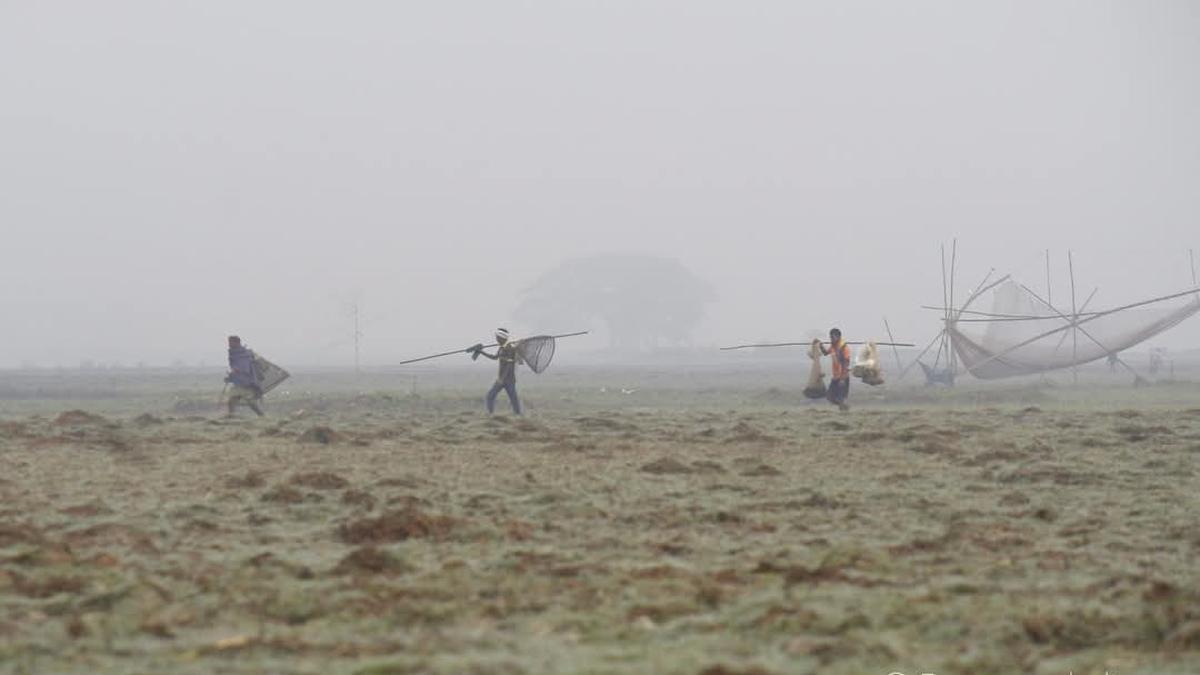




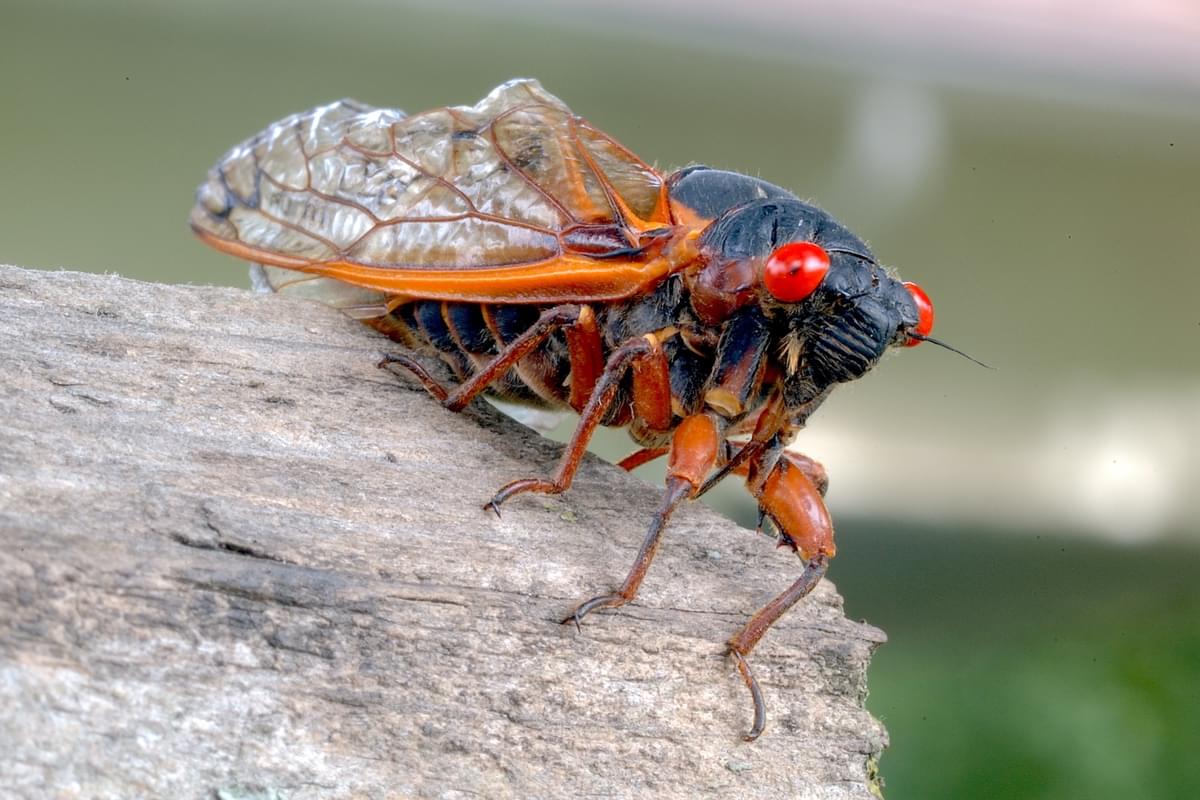






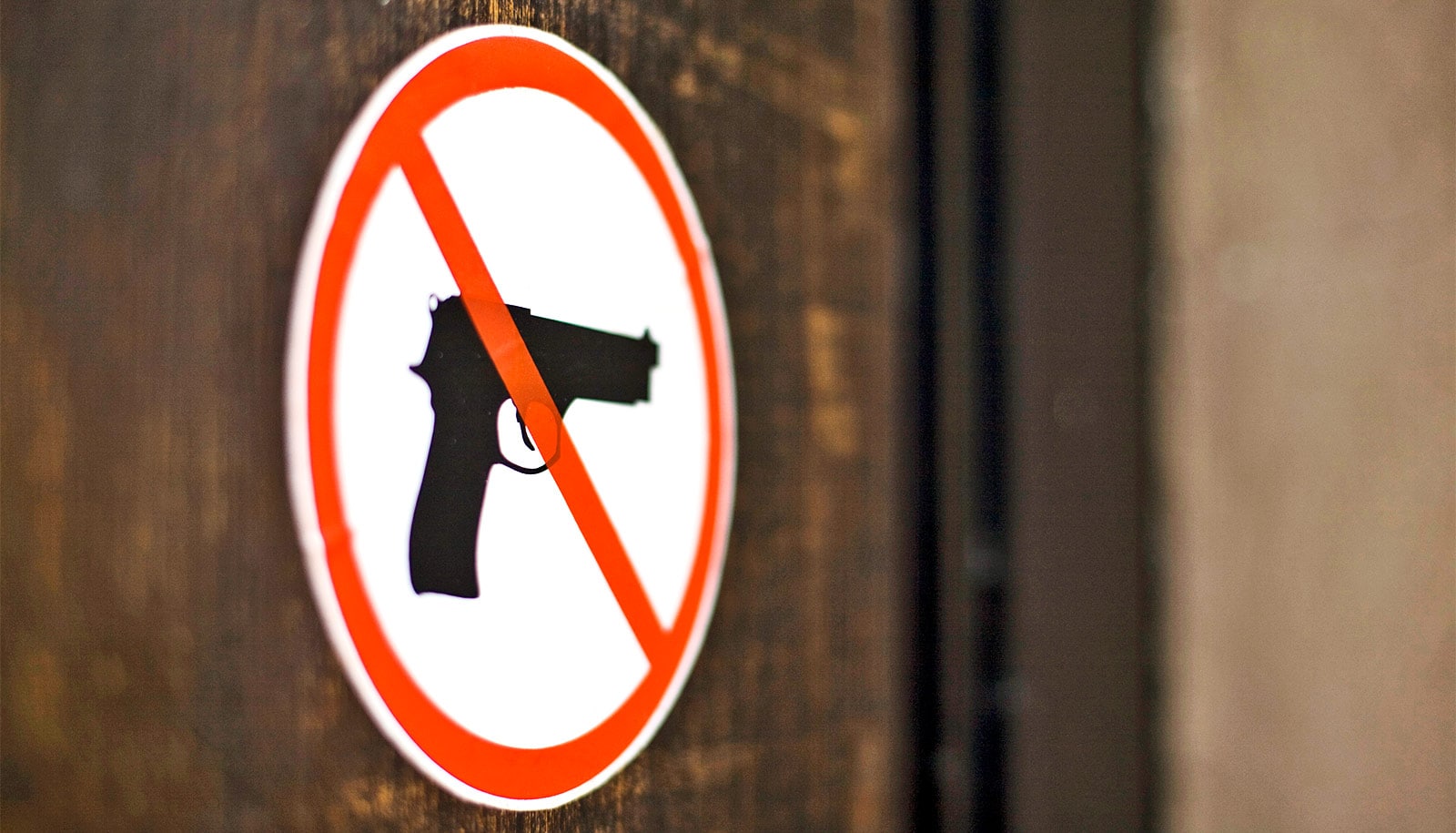
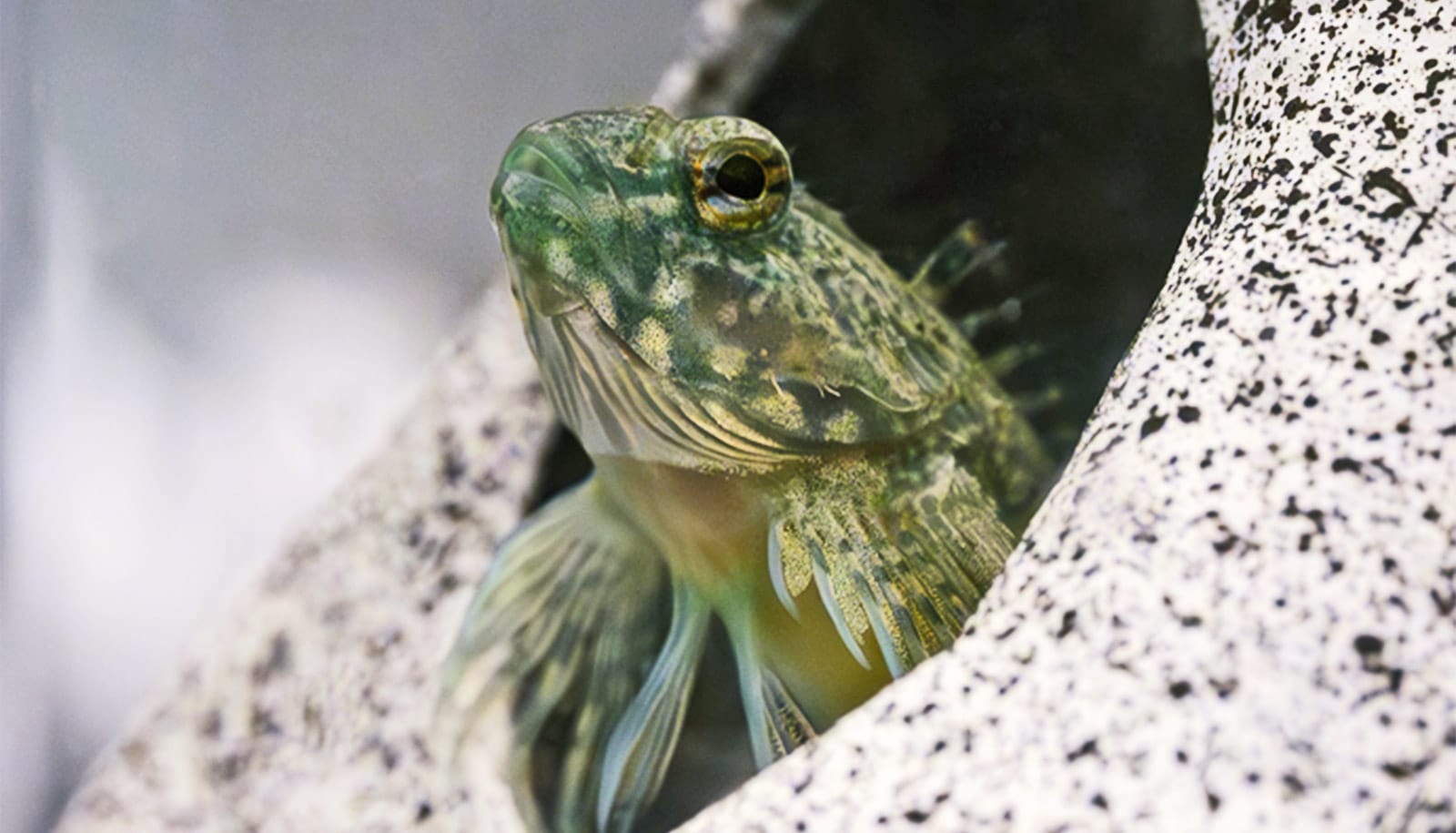







































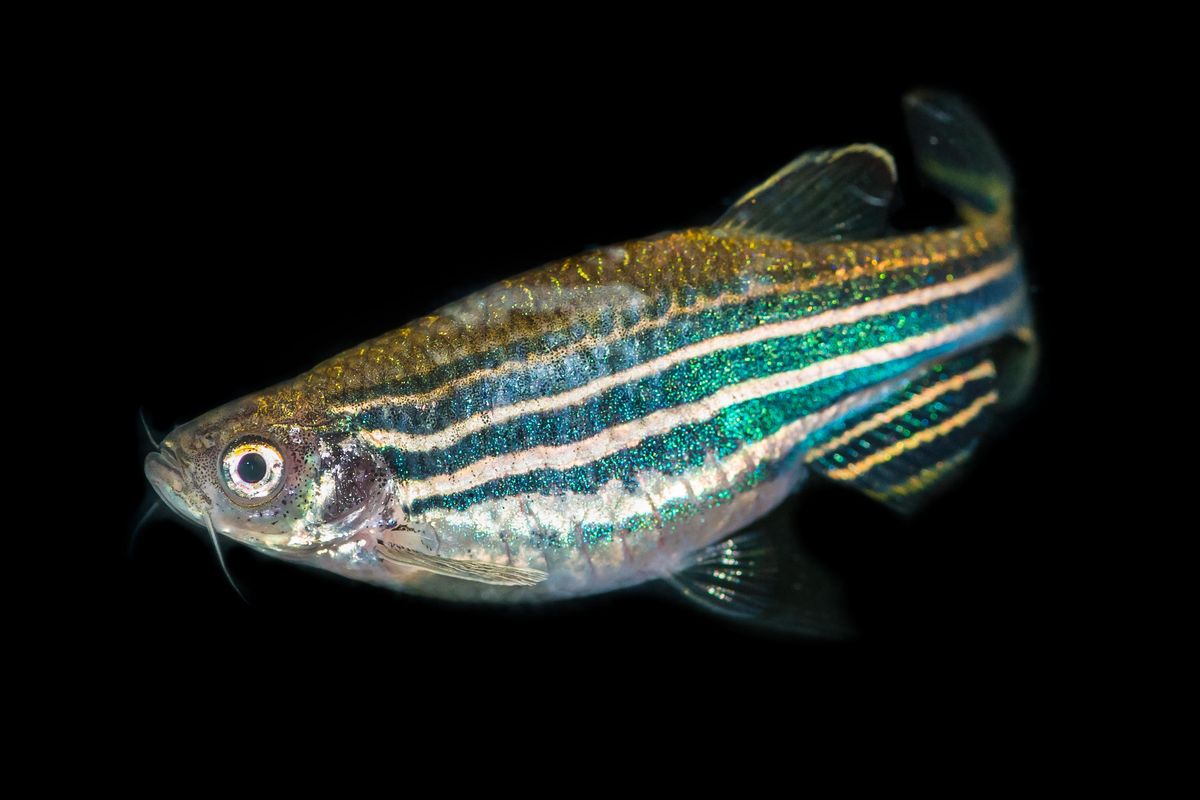








































![[Industry Direct] PHI Studio & Agog Are Seeking Immersive Artists for a Four Week Residency Program](https://roadtovrlive-5ea0.kxcdn.com/wp-content/uploads/2025/05/phi-immersive-residency-2-341x220.jpg?#)























